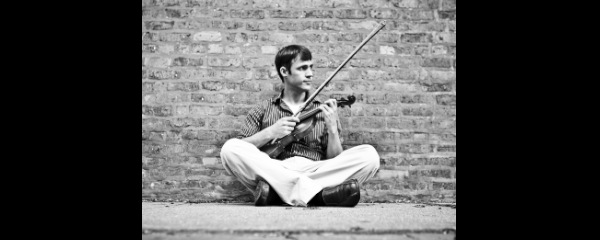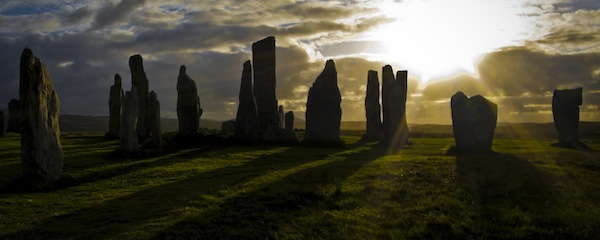
photo © Colin Macdonald, 2010
In her essay, shortlisted for the 2015 THRESHOLDS International Short Fiction Feature Writing Competition, Victoria Leslie examines the themes that lie within A.S. Byatt’s metamorphic story ‘A Stone Woman’.
Comments from the judging panel:
‘A serious and accomplished piece of writing with an academic tone. It conveys a clear sense of the story’; ‘an inspiring meditation on a single story and its evocation of life’s endless flux, imperfections and transfigurations’; ‘the language is impressively polished and precise’.
*
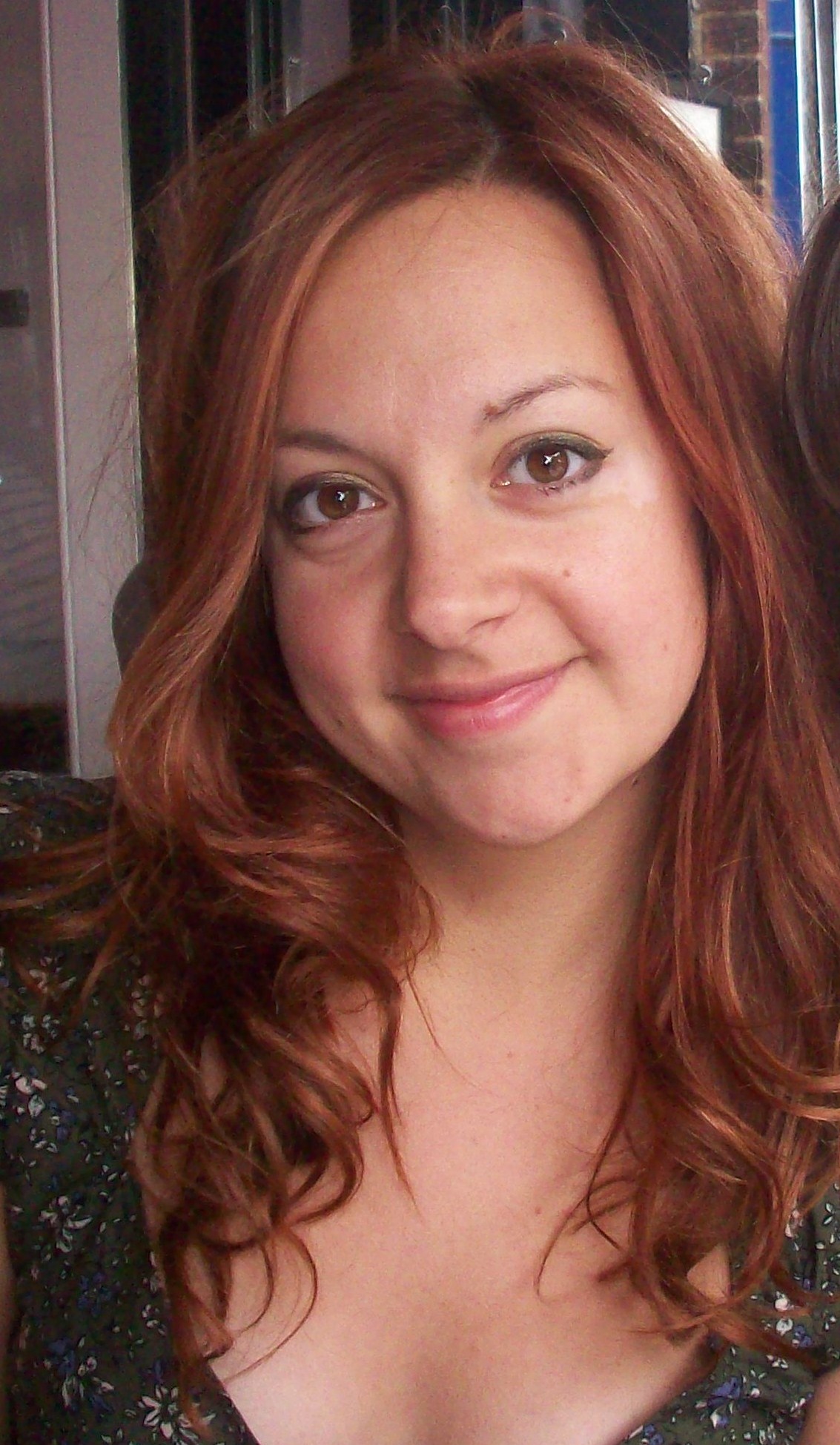 Victoria Leslie writes both non-fiction and fiction and her short stories have appeared in a range of speculative publications and have been reprinted in a range of ‘Year’s Best’ anthologies. She is a Hawthornden Fellow and was recently awarded a place at the Saari Institute in Finland, where she’ll be working on a novel concerning various strands of Nordic myth and folklore. She was the winner of the Lightship First Chapter Prize 2013 and is a finalist for the Shirley Jackson Award in the category of novelette. Her debut short story collection Skein and Bone is due out later this year. More details on her work can be found at www.vhleslie.wordpress.com.
Victoria Leslie writes both non-fiction and fiction and her short stories have appeared in a range of speculative publications and have been reprinted in a range of ‘Year’s Best’ anthologies. She is a Hawthornden Fellow and was recently awarded a place at the Saari Institute in Finland, where she’ll be working on a novel concerning various strands of Nordic myth and folklore. She was the winner of the Lightship First Chapter Prize 2013 and is a finalist for the Shirley Jackson Award in the category of novelette. Her debut short story collection Skein and Bone is due out later this year. More details on her work can be found at www.vhleslie.wordpress.com.
*
Cast in Stone: A.S. Byatt’s Metamorphic Woman
by Victoria Leslie
Metamorphosis, as a theme, is found in our most seminal myths and fairy tales. With the mere wave of a wand a maid can become the belle of the ball, a prince can become a frog, and a woman-wronged can become a monster. But this transformative period is often short lived. A spell must be lifted or a curse broken in order for the narrative to move forward. To ensure a happy ending, characters are rarely trapped in this magical state forever. It is the lessons they learn in their altered form that account for their real transformation, allowing them to re-join the narrative as better human beings.
A.S. Byatt is renowned for drawing on myths and fairy tales, to respond to established tropes, and uses them to form new ideas. Her award-winning novel Possession involved the creation of numerous original fairy tales and a retelling of a Breton myth inspired by the act of transformation. Though metamorphosis is clearly a common theme in her work, in no other story is it treated as explicitly, or with such verve, as in her short story ‘A Stone Woman’, from Little Black Book of Stories. This story is unequivocally about change, but also about notions of stasis and permanence.
The story begins with a death, the most powerful catalyst for change. The protagonist Ines, has just lost her elderly mother, with whom she shared a house and a comfortable existence. In the aftermath, she is at a loss as to how to spend her days; her part-time work as a researcher for an etymology dictionary is not keeping her nearly as occupied as she’d like. That is, until one day she is 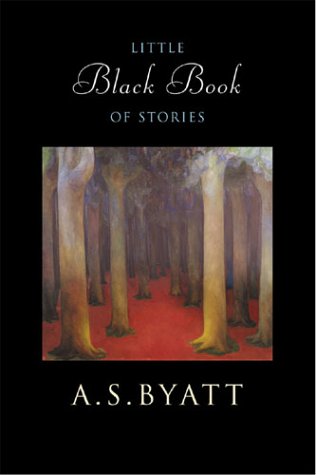 struck by pain and whisked to the hospital, where she is informed that her gut is ‘twisted and gangrenous’. Post-operation, she is sent back home with an array of drugs and her newly constructed navel, which resembles ‘a button caught in a seam’. It cannot compensate for the loss of her real one and the reminder of ‘the umbilical cord that had once been part of her and her mother’. The operation reinforces the physical severance of death, that she is cut off quite literally from her connection with her mother and left in the world alone.
struck by pain and whisked to the hospital, where she is informed that her gut is ‘twisted and gangrenous’. Post-operation, she is sent back home with an array of drugs and her newly constructed navel, which resembles ‘a button caught in a seam’. It cannot compensate for the loss of her real one and the reminder of ‘the umbilical cord that had once been part of her and her mother’. The operation reinforces the physical severance of death, that she is cut off quite literally from her connection with her mother and left in the world alone.
But change, by its very nature, is not a finite process, at least that seems to be the suggestion of Byatt’s story. Ines discovers that her new scar, far from healing, has developed a strange new growth, ‘a raised shape, like a starfish, like the whirling arms of a nebula in the heavens’. The next day it is bigger, and the day after it has formed ‘ruddy veins’ that gradually become stone-like protrusions that spread around her waist like a ‘shingly girdle’. Ines has begun a strange transformation that sees her body hardening, sprouting stones of various kinds. Though initially she thinks of these changes in organic terms – referring to the early protuberance as a ‘blemish’ and later a collection of them as ‘pustules’ – she begins to see a strange beauty in her metamorphosis. She takes to identifying the names of the stones that form her new carapace and relishes the words. She spends hours studying her new appearance in the mirror, although when in the throes of initial grief she had hardly cared what she looked like. But Ines wonders what will happen to her when the insides of her body become stone, when the ‘grey and clammy matter of her brain’ changes to ‘limestone or graphite’, and, with a kind of fatalism, she realises that she has to find a ‘final resting place’.
But where does a stone woman belong? Hooded like a figure from a fairytale, she walks the city, looking for a place to stand for all eternity and, aptly enough, chances upon a cemetery. At first glance, it seems perfectly fitting, death and stone go hand in hand, after all. Headstones are a permanent mark of our existence. But she soon realises that the stone women that decorate the tombs are not like her. A sculptor’s hands have shaped these women; they are an idealised form of femininity. Ines is far from the image of an angel and is still growing into something she can only barely comprehend.
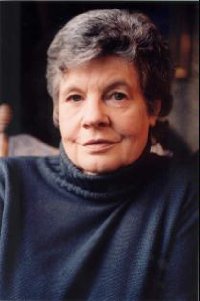 Her encounter in the cemetery does lead her to meet the only man in the story, Thorsteinn, an Icelandic stonemason, who tells her of the mythical ‘striding stone women’ of his homeland, the only place where ‘stones are alive’. The inclusion of a stonemason draws obvious comparisons with Pygmalion, the figure from Greek mythology who, dissatisfied with women, fashioned his own out of clay. But Byatt’s story is not about masculine constructions of femininity. In fact, men are pointedly subordinate to the importance of female relationships in the story; even the mythical giants and trolls of Thorsteinn’s tales are all female, dancing in the mountains, wearing clothing made from the skin of men.
Her encounter in the cemetery does lead her to meet the only man in the story, Thorsteinn, an Icelandic stonemason, who tells her of the mythical ‘striding stone women’ of his homeland, the only place where ‘stones are alive’. The inclusion of a stonemason draws obvious comparisons with Pygmalion, the figure from Greek mythology who, dissatisfied with women, fashioned his own out of clay. But Byatt’s story is not about masculine constructions of femininity. In fact, men are pointedly subordinate to the importance of female relationships in the story; even the mythical giants and trolls of Thorsteinn’s tales are all female, dancing in the mountains, wearing clothing made from the skin of men.
Instead, Byatt’s story is about the acceptance of the changes in ourselves. Thorsteinn is not the author of Ines’ new form, nor is he interested in shaping her into his idealised version. By disrobing in front of him, opening herself up to another despite concerns he’ll regard her as a monster, Ines is able to fully recognise herself. And in the process she gains a helpmate, one who derives pleasure in witnessing her change, in polishing the precious stones of her beautiful new skin to bring out their lustre, and in bringing her to the only place she can belong.
Ines settles into the Icelandic landscape almost instantly. There is virtually nothing human about her left and lichens and moss begin to grow in the crevices of her stone body. Byatt speaks of the symbiotic nature between the organic and the mineral. Though Ines’ former life is dead and she is changed beyond recognition, life persists. Even the language used to express her metamorphosis demonstrates this intersection:
The human world of stones is caught in organic metaphors like flies in amber. Words came from flesh and hair and plants. Reniform, mammilated, botryoidal, dendrite, haematite. Carnelian is from carnal, from flesh. Serpentine and lizardite are stone reptiles; phyllite is leafy-green.
The world Ines is becoming a part of is not characterised by a ‘cold permanence’. This mineral world is not unchanging, it is just as full of life, though built upon the dead. Byatt talks of the rocks and stones that were once living things: fossils and coal, micro-organisms that make up chalk and limestone. This reciprocal relationship is at the heart of the story; the world is built on what has come before. In a way, even Byatt’s story is built on the foundation of the myths and legends that have preceded it.
Turning to stone is often associated with punishment and penance. Trolls and vampires turn to stone in the daylight and can only exist in a world of darkness. Grief can feel like a kind of darkness. Byatt’s story considers the changes that are inevitable for us all and confronts the idea that, though these changes transfigure us, sometimes quite entirely, it is not the end of the story.
